- sketch_141210a
xxxxxxxxxxArrayList<Circle> circles = new ArrayList<Circle>();float num = 250;int min = 2;int max = 100;/* Our object */Circle c = new Circle(new PVector(0, 0), (int)random(min, max));void setup() { size(640, 640); noStroke(); circles.add(c);}void draw() { background(255); for(int i = 0; i < circles.size(); i++){ Circle c = (Circle) circles.get(i); c.draw(); } PVector newLoc = new PVector(random(width/2-num, width/2+num), random(height/2-num, height/2+num)); int newD = (int) random(min, max); while (detectAnyCollision (circles, newLoc, newD)) { /* If the values do interect make new values. */ newLoc = new PVector(random(width/2-num, width/2+num), random(height/2-num, height/2+num)); newD = (int) random(min, max); } c = new Circle(newLoc, newD); if(circles.size() < 10000){ circles.add(c); }}static boolean detectAnyCollision(ArrayList<Circle> circles, PVector newLoc, int newR) { for (Circle c : circles) { if (c.detectCollision(newLoc, newR)) { return true; } } return false;}class Circle { PVector loc; int d; Circle(PVector loc, int d) { this.loc = loc; this.d = d; } void draw() { float r = dist(loc.x, loc.y, width/2, height/2); float c = abs(cos(radians(r+frameCount))); float s = abs(sin(radians(r+frameCount))); fill((c-s)*255, c*255, s*255); if (r < num) { ellipse(loc.x, loc.y, d, d); } } boolean detectCollision(PVector newLoc, int newD) { /* We must divide d + newD because they are both diameters. We want to find what both radius's values are added on. However without it gives the balls a cool forcefeild type gap. */ return dist(loc.x, loc.y, newLoc.x, newLoc.y) < ((d + newD)/2); }}Centers sketch and matches the background color.
This will be the default layout for your sketches
Easy on the eyes
It will show up when there is an error or print() in code
Disabled: Only available on p5js sketches.
Closes parenthesis-like characters automatically as you type
Controls
Play
Ctrl+Enter
Code
Ctrl+Shift+Enter
Save
Ctrl+S
Interface
Fullscreen
Ctrl+Alt+F
Switch Layout
Ctrl+Alt+L
Settings
Ctrl+Alt+.
Editor
Tidy Code
Ctrl+B
Multiple Cursors
Ctrl+Click
Duplicate Line/Selection
Ctrl+Shift+D
Move Line
Alt+↑/↓
Select Multiple
Ctrl+D
Find in Code
Ctrl+F
Find Next
Ctrl+G
Find Previous
Ctrl+Shift+G


